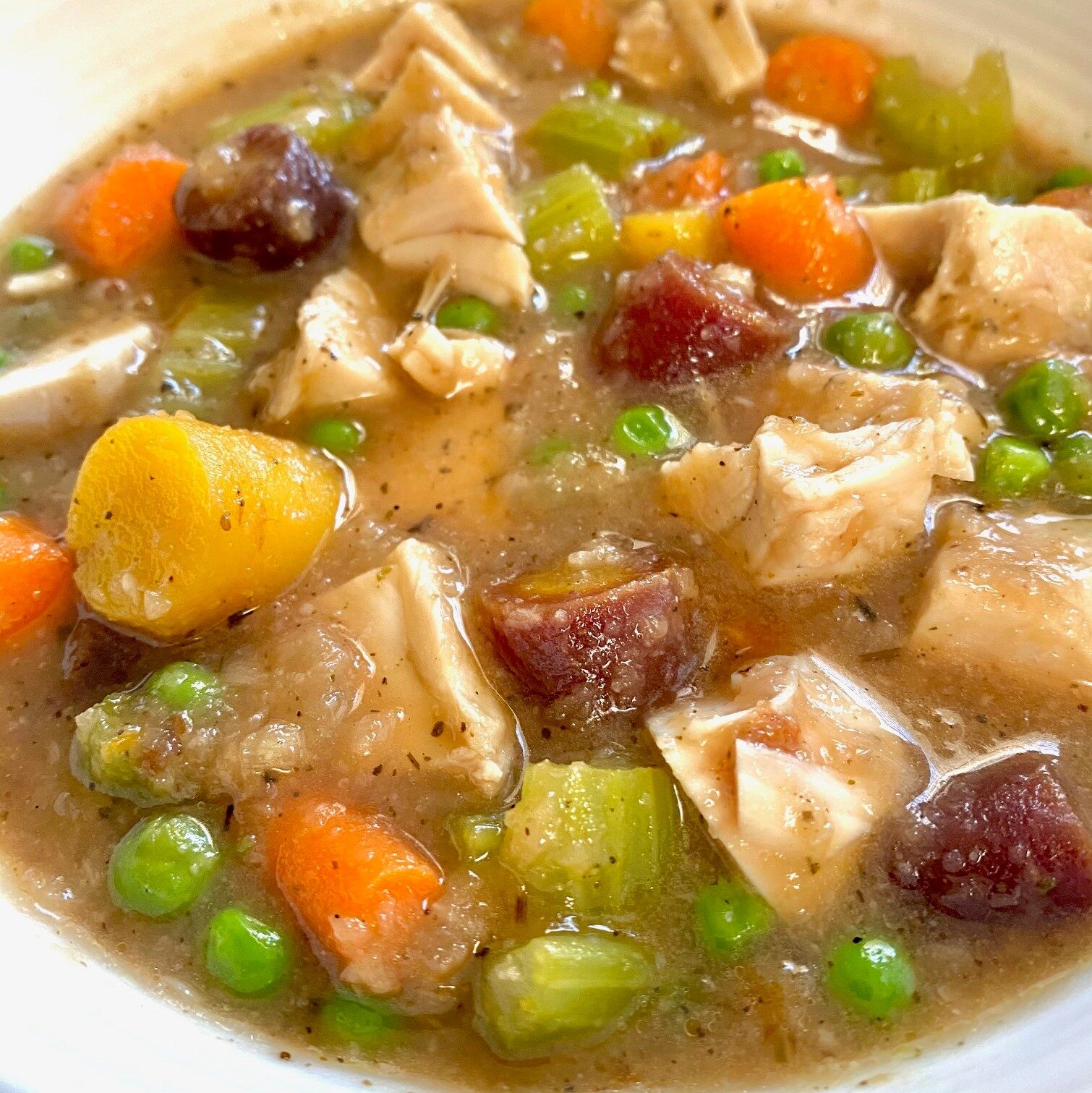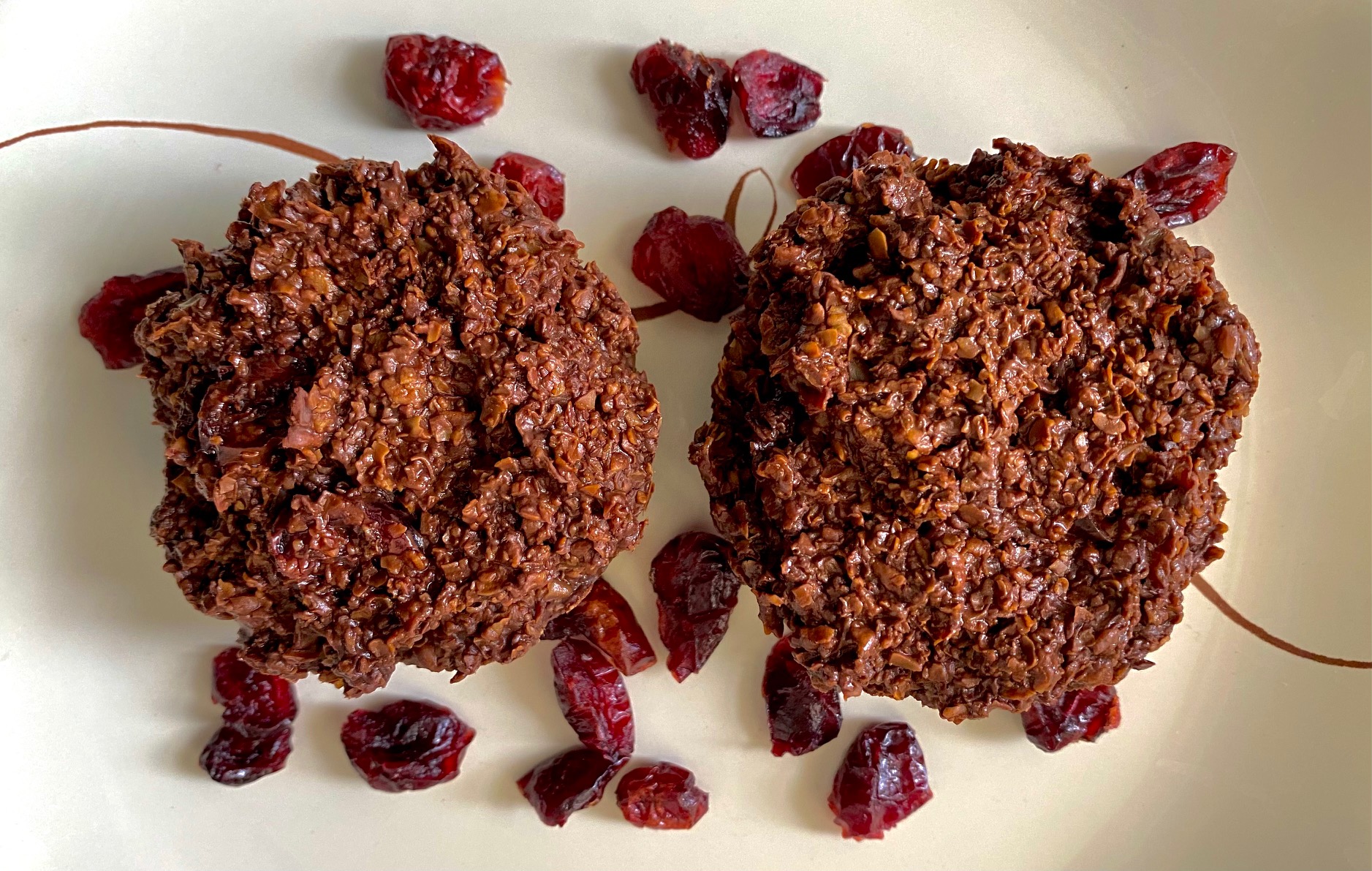

Afraid of the feeling that you’ll be “starting over” on your goals after vacation? By planning and setting reasonable expectations, you’re more likely to stay on track during your trip. Here are some vacation nutrition tips to maintain healthy balance.

#1 – Pack helpful snacks.
Having healthy options accessible in the car, your bag, and other places can prevent unplanned detours for fast food. You’ll also save money by skipping these extra stops. A few options to consider packing include single serve yogurt cups, jerky, protein bars and drinks, fruit and dried fruit, packs of nuts and pretzels, roasted edamame, and string cheese.

#2 – Do some restaurant recon.
An app such as Yelp is helpful to identify restaurants local to where you are staying. Review the pictures of the food they serve and what sort of options they have that will meet you needs.

#3 – Review menus and make selections in advance.
Most restaurants provide menus on their website. By choosing what you want to eat ahead of time (along with potential substitutions you might ask for) you’ll remove uncertainty. If a certain restaurant doesn’t look exciting, perhaps decide to stick with a healthier option and treat yourself at another time.

#4 – Take advantage of hotel room amenities.
If your hotel room doesn’t already have a small fridge and microwave, ask for them. It provides you the option to make a trip to the local grocery store to keep some perishable snacks (yogurt, hard boiled eggs, pre-prepared meat, fruit, cut up veggies) as well as microwavable options (e.g., popcorn, steam bags of edamame, oatmeal). Having these items will not only help you stay on track, but save money considering the expense of food at common tourist attractions.

#5 – Use the “handy” guide to estimate portions.
It’s not practical (nor relaxing) measure food portions with a scale on holiday. Instead, use you hand as a close approximation to maintain a general sense of your caloric intake and how foods are contributing to your macronutrient levels.

#6 – Create a daily game plan.
Visualize your day to decide on your food strategy and maintaining balance. For example, if you know you’ll be having a special dinner that is larger and perhaps higher in fat and carbohydrate, consider eating a little bit lighter during the day, and focus on higher protein and vegetable intake.

#7 – Prioritize special and unique places for indulgences, and enjoy them fully!
During vacation there will likely be “special” meals – dishes that are locally famous, known to be the best at a certain restaurant, etc. THESE are the meals to prioritize for enjoyment – you can’t get them at home.
You’ll remember that meal as you reflect back on your vacation years from now, so practice mindfulness and being present in the moment. You are not distracted or in a rush, so take your time eating. Not only does this ensure you fully enjoy and taste the food you are eating, it gives your stomach the proper amount of time to tell your brain you are getting full and makes it easier not to over-indulge.

#8 – Be mindful of liquid calories
Liquid calories in general add up fast….even faster in fruity alcoholic beverages. These drinks can add hundreds of calories to your day without really contributing to fullness. Limit intake of high sugar drinks such as fruit smoothies and pina coladas, or swap for more calorie friendly drinks such as hard seltzers, neat drinks, or mixers with diet soda.

#9 – Up your NEAT
On vacation, you may not have the time (or desire) to train or exercise as you do at home. If it’s not in the cards, boost up your daily energy expenditure through walking and other general activity. Plan some activities that keep you on your feet versus sitting down…it’s a great opportunity to take in the local sights. This NEAT (Non-exercise Activity Thermogenesis) will help maintain a reasonable daily energy expenditure.

#10 – Don’t focus on the scale.
It’s not particularly informative to weigh yourself on vacation. The scale you use at home is different from the scale you are using while away and therefore the numbers are unlikely to provide you with meaningful insight. When you return home, take the first few day weigh-ins with a grain of salt. Travel, hormones, hydration, and change in training can all contribute to sometime very significant fluctuations (up OR down) and so aren’t providing a clear picture of the net impact of your vacation. Give it a few days before assessing if you have gained, maintained, or lost weight during the trip.
I hope some of these vacation nutrition tips are helpful to you! Reach out anytime if you’re looking for some help.
I am an Amazon Associate and earn from qualifying purchases. This keeps the website ad-free.

















